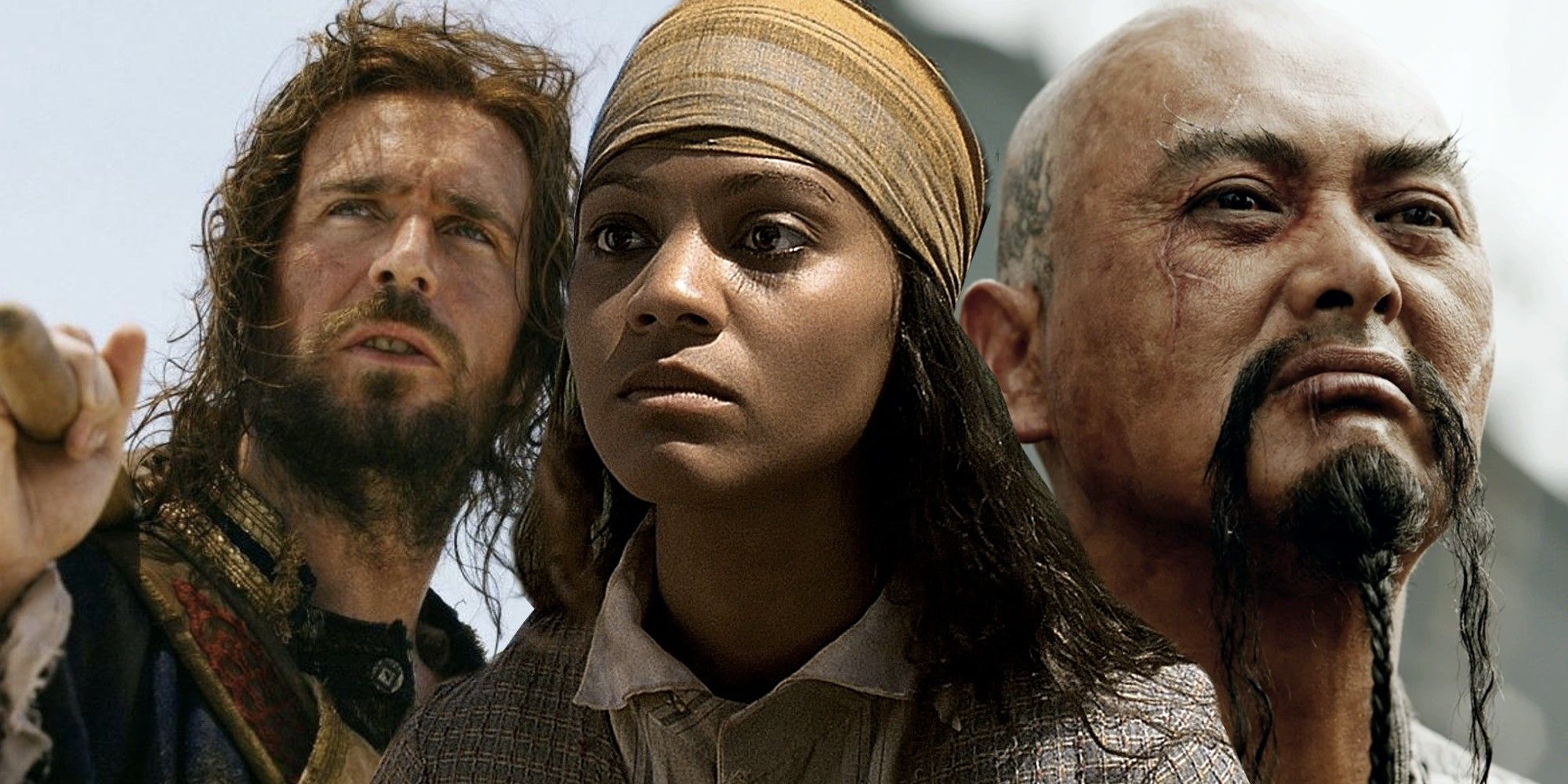The History of Pirates

Piracy, the act of robbery or criminal violence at sea, has a long and complex history, spanning centuries and cultures. From ancient times to the modern era, pirates have roamed the world’s oceans, leaving behind a legacy of adventure, brutality, and enduring fascination.
Origins and Early Piracy
The origins of piracy can be traced back to antiquity, with evidence of seafaring bandits and raiders dating back to the Bronze Age. Early pirates often targeted merchant ships and coastal settlements, seeking wealth and plunder. In ancient Greece, for example, the “Pirates of the Aegean Sea” were known for their daring raids and their use of swift, maneuverable ships. The Roman Empire also faced challenges from pirates, who disrupted trade routes and threatened coastal communities.
Pirate Culture and Lifestyle: Pirates

Life aboard a pirate ship was far from glamorous, demanding a strict adherence to routines and hierarchies. While romanticized in popular culture, it was a harsh existence marked by a constant struggle for survival, with plunder and violence playing significant roles.
Daily Life Aboard Ship
The daily life of a pirate revolved around maintaining the ship and its operations. The crew was divided into distinct roles, each with specific responsibilities. The captain, the highest authority, was responsible for overall command and decision-making. The first mate assisted the captain in managing the crew and navigating the ship. Other key roles included the quartermaster, responsible for supplies and provisions, the boatswain, overseeing the maintenance of the ship, and the surgeon, tending to the injured.
The crew followed a strict schedule, with specific duties assigned to each member. They were responsible for tasks such as hoisting sails, cleaning the decks, cooking, and keeping watch. Discipline was maintained through a system of rewards and punishments, with severe penalties imposed for disobedience or insubordination.
Treasure and Plunder, Pirates
Treasure and plunder were the lifeblood of pirate culture, fueling their aspirations and driving their actions. Pirates sought to acquire wealth through raids on merchant ships and coastal settlements. They would often target ships carrying valuable cargo, such as gold, silver, spices, and textiles.
The distribution of plunder was a complex process, typically Artikeld in the ship’s articles, a written agreement outlining the terms of their association. The captain received a larger share, often referred to as the “captain’s share,” while the rest was divided among the crew based on their rank and contributions.
Violence and Brutality
Violence and brutality were pervasive aspects of pirate life. The harsh realities of the sea, coupled with the constant threat of danger and death, fostered a culture of aggression and ruthlessness. Pirates often resorted to violence to intimidate their victims, enforce discipline, and settle disputes.
The brutality of pirate attacks was legendary, with tales of torture, mutilation, and murder becoming commonplace. The threat of violence served as a powerful deterrent, ensuring obedience and discouraging mutiny.
Pirate Codes and Traditions
Pirates were not simply lawless marauders. They developed a complex set of codes and traditions that governed their behavior and interactions. These codes, often referred to as “articles,” Artikeld the terms of their agreement, including the distribution of plunder, the responsibilities of each crew member, and the consequences of breaking the rules.
One of the most famous pirate codes was the “Code of Captain Bartholomew Roberts,” which emphasized the importance of discipline, loyalty, and fair treatment of crew members. These codes provided a framework for governance and ensured a degree of order and stability within the pirate community.
Pirate Folklore and Mythology
Pirate folklore and mythology played a significant role in shaping popular perceptions of pirates. Tales of legendary figures such as Blackbeard, Captain Kidd, and Anne Bonny were passed down through generations, fueling imaginations and inspiring countless stories, songs, and films.
These tales often embellished the realities of pirate life, portraying them as larger-than-life figures with extraordinary skills and daring exploits. These myths and legends continue to fascinate and captivate audiences today, serving as a testament to the enduring allure of the pirate mystique.
The romanticized image of pirates often overshadows the harsh realities of their lives. The treacherous seas claimed many, as exemplified by the tragic drowning of Lazar Dukic, a young sailor whose life was cut short in a storm. lazar dukic drown His story serves as a poignant reminder of the dangers that pirates, and all seafarers, faced, highlighting the vulnerability of those who ventured onto the open waters.
The romanticized image of pirates often overlooks the harsh realities of their lives, filled with danger, hardship, and a constant struggle for survival. Yet, a modern-day example of resilience and determination can be found in the journey of Skylar Thompson , a football player who navigated his own challenges to reach the NFL.
Much like the pirates of old, Thompson’s path was marked by obstacles, but his unwavering commitment ultimately led him to success, reminding us that even in the face of adversity, dreams can be realized.